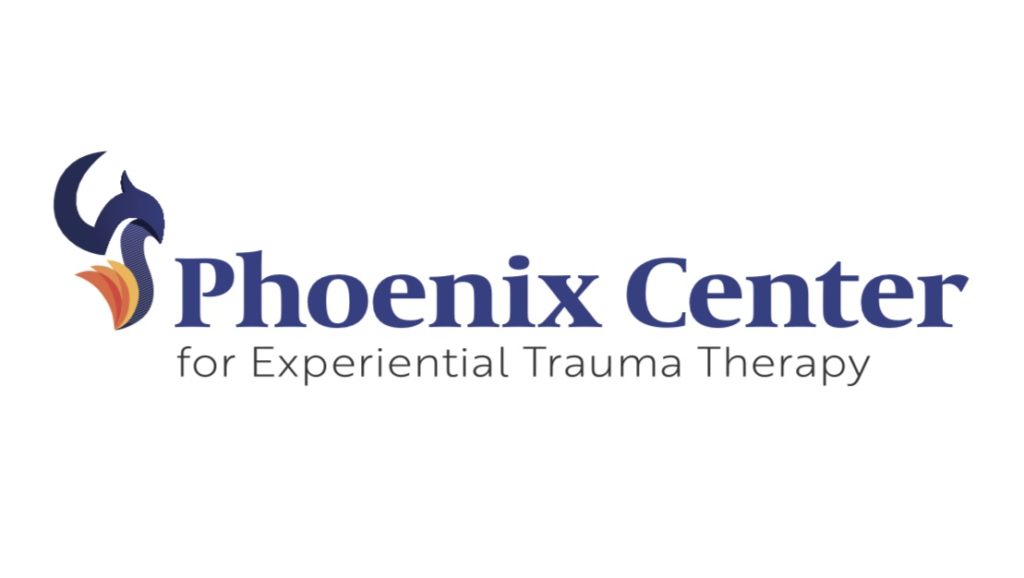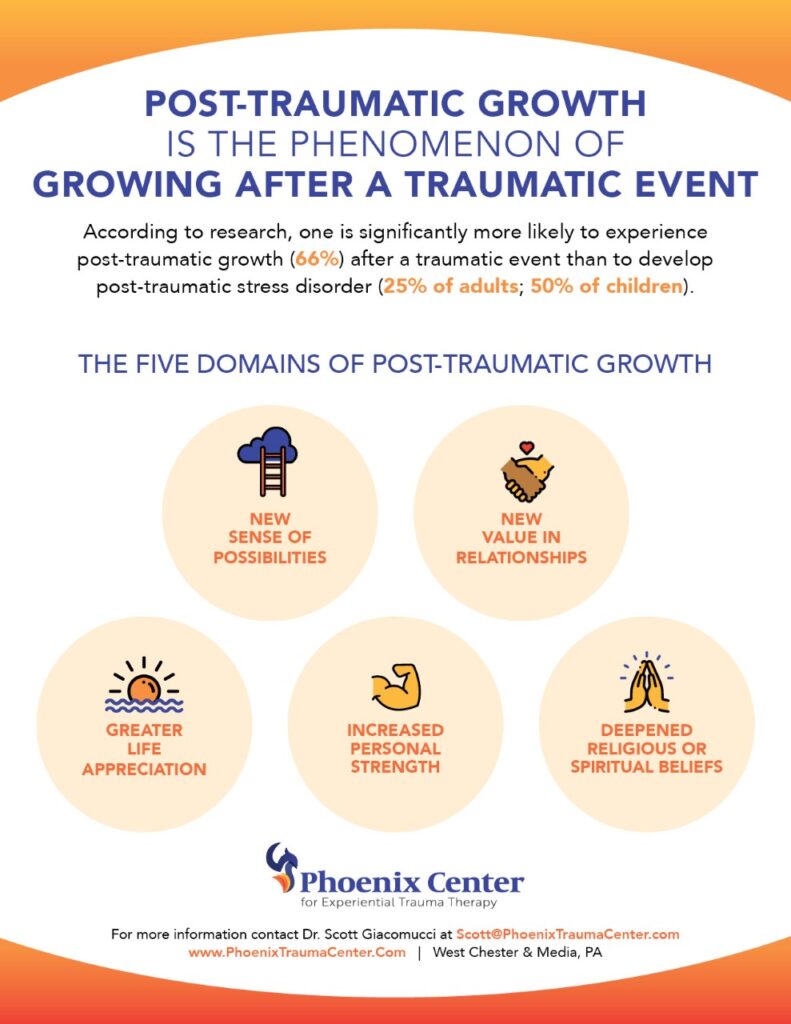Psychodrama as a Treatment for Anxiety
By Scott Giacomucci, DSW, LCSW, BCD, CGP FAAETS, TEP
Psychodrama is an experiential psychotherapy approach that utilizes role playing techniques and other action methods to address psychosocial issues. Psychodrama appears to be a promisingly effective treatment for anxiety disorders and can be particularly useful in reducing fear and anxiety (Abeditehrani et al., 2020; Erbay et al., 2018; Tarashoeva, Marinova-Djambazova, & Kojuharov, 2017; Wang et al., 2020). The philosophy and practices within the triadic system of sociometry, psychodrama, and group psychotherapy offer helpful instruments for conceptualizing and addressing anxiety in action. Some of these tools include spontaneity theory, the warming-up process, group therapy, sociometry, psychodrama, and role training.
Psychodrama’s founder, Jacob Moreno, theorized nearly 100 years ago that anxiety and spontaneity were inversely correlated (1934). He writes that when our anxiety is high, our spontaneity is low; and when we are able to increase our spontaneity, our anxiety diminishes (Moreno, 1953). In psychodrama theory, spontaneity is defined as the capacity to respond to new situations with adequacy and to respond to reoccurring situations with novelty (Moreno, 1946). The term spontaneity has a specific meaning in the psychodrama community. It is less associated to the pop-culture use of the term which has become somewhat related to impulsivity. Instead, psychodramatists approach spontaneity more as a competence for skillful living and aliveness (Giacomucci, 2021a).
Moreno’s spontaneity theory affirms that spontaneity can only be accessed through a warming-up process (1953). The warming-up process manifests differently based on the situation at hand but often involves a warm-up on multiple levels such as physically, emotionally, psychologically, socially, spiritually, and warm-up specific to the content and process at hand (Giacomucci, 2021b). The lack of attention to the warming-up process may be a major shortcoming in work with anxiety. Anxiety can start to feel like resistance. However, in psychodrama, ‘resistance’ is reframed as a lack of warm-up or a suggestion that the individual is simply warmed-up to something else. This reconceptualization of anxiety and resistance can help group workers respond to anxiety with an extended warm-up to help mobilize clients to action. It seems likely that someone struggling with anxiety would need even more focus on the warming-up process as their anxiety or stress is likely to prevent a quick and efficient warm-up (Giacomucci, 2021b). Remembering this can help group therapists support their groups by meeting them where they are at and extending patience for their slower warm-up process.
Though some clients may struggle with groups due to their anxiety, group therapy research has highlighted its effectiveness in treating anxiety disorders (Barkowski et al., 2016; Barkowski et al., 2020). Group therapy is unique compared to individual therapy due to its more dynamic social elements. The ‘group’ aspect of group therapy may initially be a barrier for clients with social anxieties but with increased warm-up and preparation many clients with social anxiety are successfully able to participate in groups. Group therapy offers the ability to actively combat isolation which tends to characterize the experience of clients with anxiety disorders. The group atmosphere provides opportunities for clients to see others demonstrate social skills and also to practice implementing new social skills. The support system within the group often becomes an important modulator of anxiety for clients whilst also offering them opportunities to help others which increases their sense of confidence in themselves. While group therapy is an effective approach for treating anxiety, the other aspects of Moreno’s triadic system (sociometry and psychodrama) offer avenues for advancing the group process.
The clinical practice of sociometry focuses on utilizing an enhanced sense of group dynamics, sociodynamics, group assessment, group development, and interpersonal phenomena to implement interventions that promote cohesion, healing, inclusion, equity, mutual aid, and interpersonal learning (Giacomucci, 2020; Hale, 2009). Sociometry practice involves particular attention to the system of attractions and repulsions between group members and the distribution of social wealth – both of which are likely to fuel the anxiety of group members if uncontained by the facilitator. A sociometrist works towards group goals by employing various experiential sociometry tools such as sociometric tests, spectrograms, sociograms, locograms, step-in sociometry, and small group work (see Giacomucci, 2021a for detailed explanations on each of these sociometry tools). Though it can be used alone, experiential sociometry is most often used as a warm-up to a psychodrama enactment.
Psychodrama can be used to fortify the client in the here-and-now through intrapsychic scenes focused on engaging the strengths needed to face anxiety. Psychodrama offers multiple avenues for addressing anxiety, perhaps two of the most significant include 1) using psychodrama to find closure with unresolved past experience that may be a source of present anxiety, and 2) using psychodrama to enact future situations and provide role training to quell anxiety about anticipated experiences. With the first avenue, psychodrama allows us to revisit the underlying fueling factors of anxiety, such as childhood trauma or past adversity, to renegotiate how those experience have been internalized (Giacomucci, 2018; Giacomucci & Stone, 2019). For example, we could facilitate a client, who experienced childhood physical abuse, to psychodramatically nurture and protect themselves as a defenseless child while standing up to the perpetrator and the associated negative cognitions introjected from the perpetrator. In the second approach, psychodrama can be used to develop future scenes that provoke anxiety to help clients practice responding to them before being confronted with them in real life. This is called role training in psychodrama. The role training process allows clients to experiment in the safety of the group and try multiple methods of responding to the situation. The role training experience helps to mitigate anxiety while increasing spontaneity and confidence so that clients feel better prepared to face future situations having role played multiple responses already.
Moreno’s triadic system offers a multitude of methods to address anxiety and anxiety disorders. The integrated application of sociometry, psychodrama, and group psychotherapy provides group therapists with a theoretical framework and actionable interventions for dynamic groups while cultivating safety, spontaneity, cohesion, connection, social skills, mutual aid, healing, integration, resolution, growth, and role training for group participants. While psychodrama would benefit from more research to further validate its effectiveness as a treatment for anxiety, it offers group psychotherapists innovative tools to enhance group practice.
References:
Abeditehrani, H., Dijk, C., Toghchi, M. S., & Arntz, A. (2020). Integrating cognitive behavioral group therapy and psychodrama for social anxiety disorder: An intervention description and an uncontrolled pilot trial. Clinical Psychology in Europe, 2(1), 1-21.
Barkowski, S., Schwartze, D., Strauss, B., Burlingame, G. M., Barth, J., & Rosendahl, J. (2016). Efficacy of group psychotherapy for social anxiety disorder: A meta-analysis of randomized-controlled trials. Journal of anxiety disorders, 39, 44-64.
Barkowski, S., Schwartze, D., Strauss, B., Burlingame, G. M., & Rosendahl, J. (2020). Efficacy of group psychotherapy for anxiety disorders: A systematic review and meta-analysis. Psychotherapy Research, 30(8), 965-982.
Erbay, L. G., Reyhani, İ., Ünal, S., Özcan, C., Özgöçer, T., Uçar, C., & Yıldız, S. (2018). Does psychodrama affect perceived stress, anxiety-depression scores and saliva cortisol in patients with depression?. Psychiatry investigation, 15(10), 970.
Giacomucci, S. (2018). The trauma survivor’s inner role atom: A clinical map for post-traumatic growth. Journal of Psychodrama, Sociometry, and Group Psychotherapy. 66(1): 115-129
Giacomucci, S. (2020): Experiential sociometry in group work: mutual aid for the group-as-a-whole, Social Work with Groups, Advanced online publication. https://doi.org/10.1080/01609513.2020.1747726
Giacomucci, S. (2021a). Social Work, Sociometry, and Psychodrama: Experiential Approaches for Group Therapists, Community Leaders, and Social Workers. Springer Nature. https://doi.org/10.1007/978-981-33-6342-7
Giacomucci, S. (2021b). Traumatic stress and spontaneity: Trauma-focused and strengths-based psychodrama. In J. Maya & J. Maraver (Eds), Psychodrama Advances in Psychotherapy and Psychoeducational Interventions. Nova Science Publishers
Giacomucci, S., & Marquit, J. (2020). The Effectiveness of Trauma-Focused Psychodrama in the Treatment of PTSD in Inpatient Substance Abuse Treatment. Frontiers in Psychology, 11, 896. https://dx.doi.org/10.3389%2Ffpsyg.2020.00896
Giacomucci, S., & Stone, A. M. (2019). Being in two places at once: Renegotiating traumatic experience through the surplus reality of psychodrama. Social Work with Groups. 42(3), 184-196. https://doi.org/10.1080/01609513.2018.1533913
Hale, A.E. (2009). Moreno’s sociometry: Exploring interpersonal connection. Group, 33(4): 347-358.
Moreno, J. L. (1934). Who Shall Survive? A new approach to the problems of human interrelations. Washington, DC: Nervous and Mental Disease Publishing Co.
Moreno, J. L. (1946). Psychodrama Volume 1. Beacon, NY: Beacon House Press.
Moreno, J. L. (1953). Who shall survive? Foundations of sociometry, group psychotherapy and sociodrama (2nd edition). Beacon, NY: Beacon House.
Tarashoeva, G., Marinova-Djambazova, P., & Kojuharov, H. (2017). Effectiveness of psychodrama therapy in patients with panic disorders: Final results. International Journal of Psychotherapy, 21(2), 55-66.
Wang, Q., Ding, F., Chen, D., Zhang, X., Shen, K., Fan, Y., & Li, L. (2020). Intervention effect of psychodrama on depression and anxiety: A meta-analysis based on Chinese samples. The Arts in Psychotherapy, 69, 101661.









